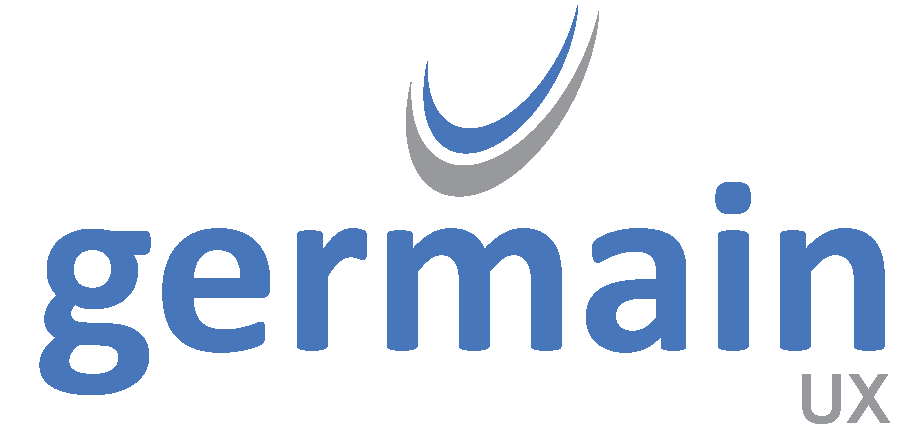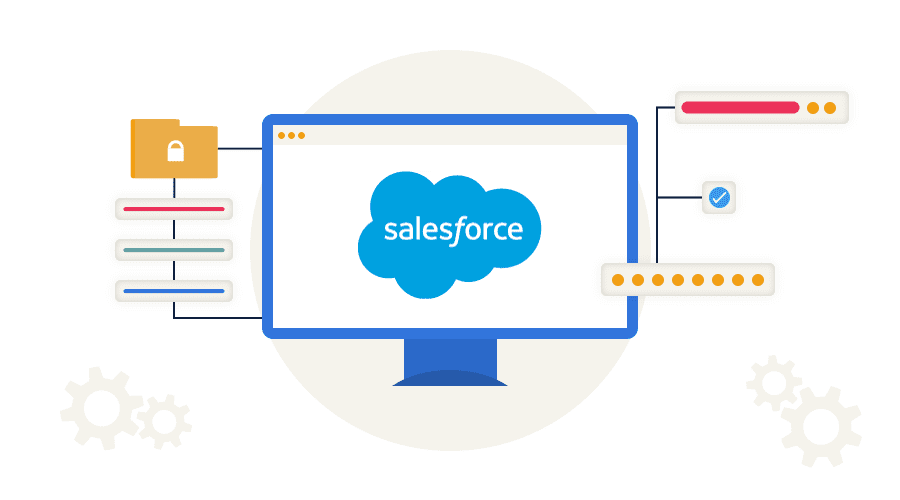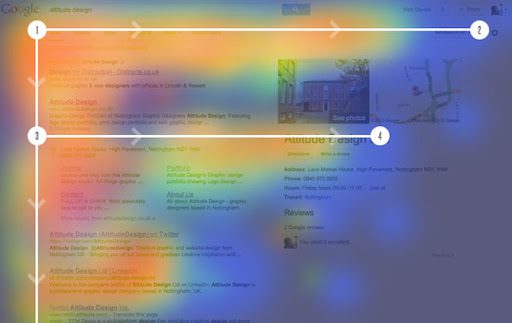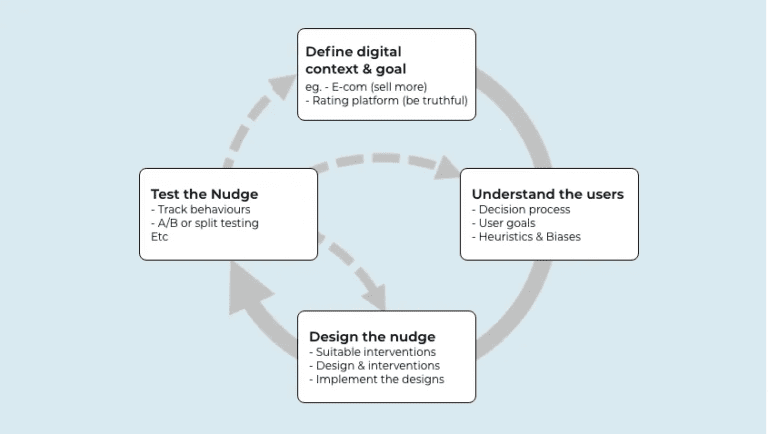How to Diagnose Salesforce Workflow Inefficiencies

90% of IT leaders prioritize workflow automation. What’s stopping your business from getting the same results?
The truth is that misconfigured processes, bottlenecks, and failure to leverage automation fully are holding teams back.
The question is, how much productivity and revenue are you leaving on the table by not diagnosing these inefficiencies?
What Are Workflow Inefficiencies?
Workflow inefficiencies occur when automated processes take longer than expected, fail, or produce errors, leading to bottlenecks in business operations. Identifying and fixing these issues is key to ensuring seamless automation and user satisfaction.
Why Diagnosing Inefficiencies Matters
Diagnosing workflow inefficiencies allows organizations to streamline their Salesforce processes, improving operational efficiency, reducing delays, and enhancing user satisfaction. Efficient workflows ensure tasks are completed accurately and on time, helping teams focus on high-value activities.
How to Diagnose Workflow Inefficiencies in Salesforce
1. Use Salesforce Reports and Dashboards
What to Look For: Failed processes, slow task completion times, and uncompleted tasks.
Action: Build custom reports to monitor these metrics and identify where tasks are stalling.
Tip: Use dashboard visualizations to spot recurring issues quickly.
2. Leverage Flow Debug Logs
What to Look For: Frequent error messages, system timeouts, or failed data loads.
Action: Use Salesforce’s Flow Debug Logs to trace back failures and misconfigurations in your automation processes.
Tip: Pay attention to recurring errors that might indicate misaligned logic or validation rule conflicts.
3. Monitor Data Quality and Validation Rules
What to Look For: Incomplete or incorrect data entries that may trigger workflow failures.
Action: Review data validation rules and ensure they align with workflow automation requirements.
Tip: Implement data cleansing tools or manual checks to maintain high data quality.
4. Conduct User Feedback Sessions
What to Look For: User-reported slowdowns or challenges in navigating workflows.
Action: Use user feedback and session replays to observe real-time interactions with workflows, identifying any friction points.
Tip: User Session Monitoring can help visualize these user interactions, providing insights into where issues occur.
5. Review Automation Logic in Process Builder
What to Look For: Overcomplicated or redundant workflows that slow down processes.
Action: Simplify logic and remove redundant steps in the Process Builder to optimize performance.
Tip: If your workflows are becoming too complex, consider transitioning to Salesforce Flow for more advanced automation options.
6. Check Integration Logs for Cross-System Workflows
What to Look For: Errors in data synchronization between Salesforce and other platforms.
Action: Review API integration logs to identify any bottlenecks in cross-platform workflows.
Tip: Ensure that APIs are configured to handle real-time data exchanges efficiently.
7. Use Alerts and Notifications
What to Look For: Workflow failures or performance delays that exceed acceptable thresholds.
Action: Set up Salesforce alerts to notify you when workflows fail or exceed time limits.
Tip: Automate notifications to respond quickly to inefficiencies before they disrupt user activities.
Taking it a Step Further
To optimize user experience and identify where workflow inefficiencies affect user behavior, tools like GermainUX provide Session Monitoring & Session Replay. With millisecond-precise accuracy, GermainUX captures user interactions and reveals where users struggle within workflows, giving you a detailed look at friction points that may be slowing down operations. By integrating session replays into your diagnosis, you can get both qualitative and quantitative insights into how workflows impact user experience and productivity.
Learn more about our user session video recording and replay and how to quickly find, at once, insights across millions of sessions!
Conclusion
Diagnosing and optimizing Salesforce workflows is crucial for maintaining a seamless operation and improving user satisfaction. By leveraging reports, user feedback, and session monitoring tools like GermainUX, you can identify workflow inefficiencies and take targeted actions to streamline your processes. Whether it’s simplifying automation, improving data quality, or resolving integration issues, continuous workflow optimization can lead to improved productivity and overall business success.




